Phone Comparisons: Samsung Galaxy S25 Ultra Vs Samsung Galaxy S23 Ultra Specs
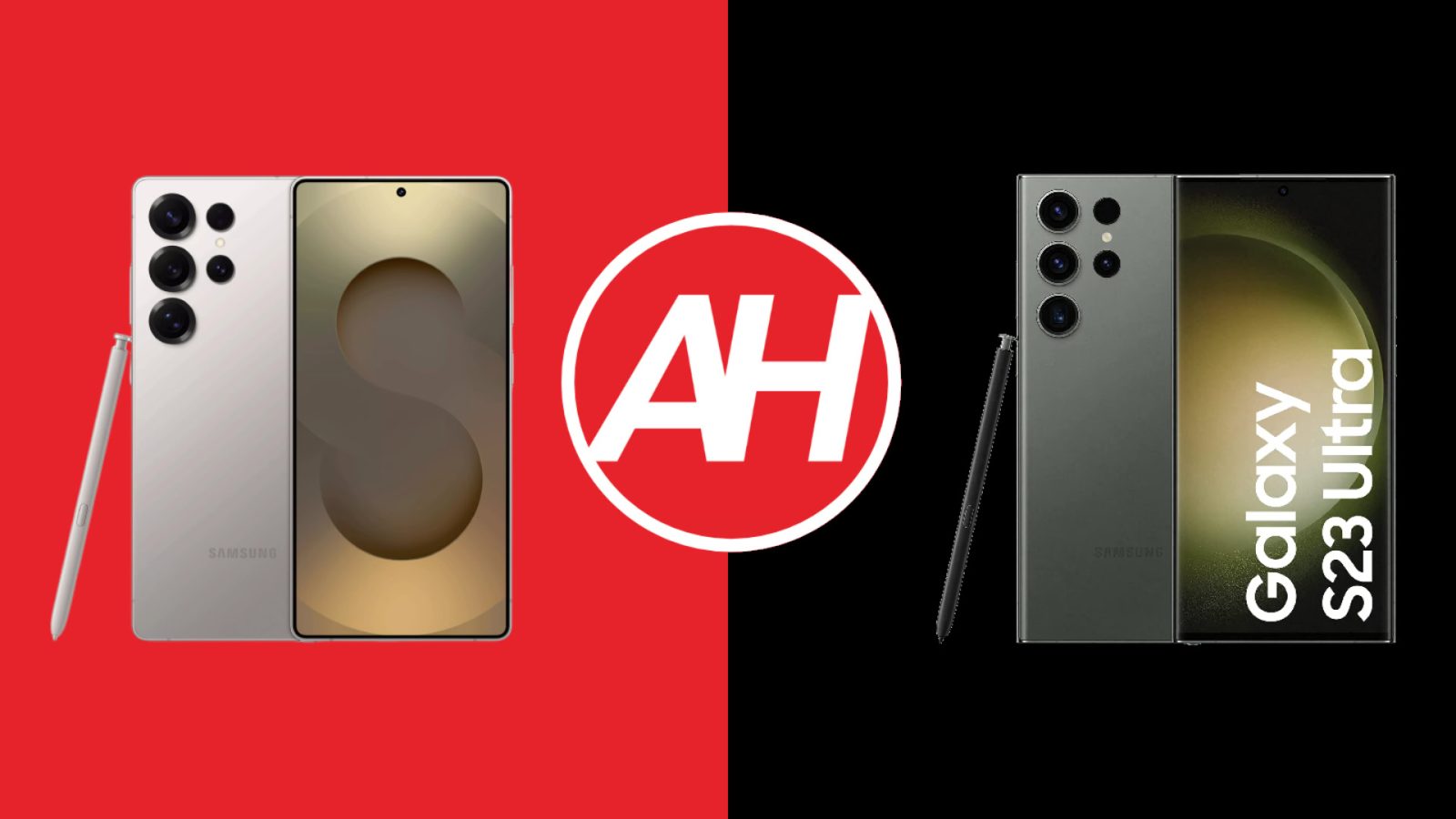
Contents
This time around, we’re comparing two ‘Ultra’ smartphones from Samsung. We’ll be comparing the company’s current-gen flagship and one of its predecessors. In other words, this is a Samsung Galaxy S25 Ultra vs Samsung Galaxy S23 Ultra specs comparison. Yes, these two smartphones do have plenty in common, but there are also plenty of differences worth noting here.
The Galaxy S23 Ultra was announced back in Q1 2023, while the Galaxy S25 Ultra landed in Q1 this year. As per usual, we will first list the specs of both smartphones and will then move to compare them across a number of other sections. Some of you are probably wondering whether upgrading from the Galaxy S23 Ultra to the Galaxy S25 Ultra makes sense, as two years have passed after all. Well, this article can hopefully help you with that decision.
Samsung Galaxy S25 Ultra vs Samsung Galaxy S23 Ultra, respectively
– Screen size:
6.9-inch Dynamic AMOLED 2X (flat, adaptive 120Hz, HDR10+, 2,600 nits max brightness)
6.8-inch Dynamic AMOLED 2X display (curved, 120Hz, HDR10+, 1,750 nits)
– Display resolution:
3120 x 1440
3088 x 1440
– SoC:
Qualcomm Snapdragon 8 Elite for Galaxy
Qualcomm Snapdragon 8 Gen 2 for Galaxy
– RAM:
12GB (LPDDR5X)
8GB/12GB (LPDDR5X)
– Storage:
256GB/512GB/1TB (UFS 4.0)
256GB/512GB/1TB (UFS 4.0)
– Rear cameras:
200MP (wide, f/1.7 aperture, OIS, multi-directional PDAF, 1/1.3-inch sensor, 0.6um pixel size), 50MP (ultrawide, 120-degree FoV, f/1.9 aperture, Dual Pixel PDAF 0.7um pixel size), 10MP (telephoto, f/2.4 aperture, OIS, 1/3.52-inch sensor size, Dual Pixel PDAF, 1.12um pixel size, 3x optical zoom), 50MP (periscope telephoto, OIS, 1/2.52-inch sensor size, PDAF, 5x optical zoom)
200MP (f/1.7, multi-directional PDAF, OIS), 12MP (ultrawide, f/2.2 aperture, 120-degree FoV), 10MP (telephoto, 70mm, f/2.4 aperture, 3x optical zoom), 10MP (periscope, 230mm, 10x optical zoom)
– Front cameras:
12MP (wide, f/2.2 aperture, Dual Pixel PDAF, 1/3.2-inch sensor size, 22mm lens)
12MP (f/2.2 aperture)
– Battery:
5,000mAh
5,000mAh
– Charging:
45W wired, 15W wireless (Qi2 Ready), 4.5W reverse wireless (charger not included)
45W wired, 15W wireless, 4.5W reverse wireless (charger not included)
– Dimensions:
162.8 x 77.6 x 8.2 mm
163.4 x 78.1 x 8.9mm
– Weight:
218 grams
234 grams
– Connectivity:
5G, LTE, NFC, Wi-Fi, USB Type-C, Bluetooth 5.4/5.3
– Security:
In-display fingerprint scanner (ultrasonic) & facial scanning
In-display fingerprint scanner (ultrasonic)
– OS:
Android 15 with One UI 7
Android 13 with One UI
– Price:
$1,299+
$749.99 (refurbished)
– Buy:
Samsung Galaxy S25 Ultra (Samsung.com)
Galaxy S23 Ultra (Best Buy)
Samsung Galaxy S25 Ultra vs Samsung Galaxy S23 Ultra: Design
At first glance, these two smartphones do look quite similar. There are quite a few differences between them, though, design-wise. The Galaxy S25 Ultra is made out of titanium and glass, while the Galaxy S23 Ultra utilizes aluminum and glass. The newer phone has less sharp corners, a flat display, and a flat frame all around. The Galaxy S23 Ultra has a slightly curved display, while its frame is slightly rounded on the sides, but flat on the top and bottom.
Both of them have a centered display camera hole up top. The bezels around both displays are very thin and also uniform. The physical buttons sit basically in the same spot on both phones. They’re located on the right-hand side. The power/lock key is placed below the volume up and down buttons. Both devices include an S Pen stylus, which is docked in the bottom-left corner on both of them.
If we flip them around, you’ll notice a similar placement of the protrusions on the back. There are five of them on both phones. Their design is a bit different, even though they’re round on both smartphones. Four of those protrusions are reserved for cameras on both smartphones. You’ll notice that neither phone has a dedicated camera island, but each of these protrusions comes directly from the phone’s backplate.
The two devices have similar footprints. The Galaxy S25 Ultra is slightly shorter and narrower, though, while being a bit thinner too. It is also 16 grams lighter than the Galaxy S23 Ultra. Both smartphones are quite slippery, and both of them come with an IP68 certification for water and dust resistance.
Samsung Galaxy S25 Ultra vs Samsung Galaxy S23 Ultra: Display
The Samsung Galaxy S25 Ultra includes a 6.9-inch Dynamic LTPO AMOLED 2X display. That panel is flat, and it supports an adaptive refresh rate (1-120Hz). It also supports HDR10+ content, while its brightness goes up to 2,600 nits. The resolution here is 3120 x 1440, while the screen-to-body ratio is at around 92%. The display aspect rate is 19.5:9. This display is protected by the Gorilla Armor 2 from Corning.

The Galaxy S23 Ultra, on the flip side, includes a 6.8-inch Dynamic AMOLED 2X panel. That display is curved, and it has an adaptive refresh rate too (1-120Hz). HDR10+ content is supported, while the peak brightness here is 1,750 nits. The resolution this display offers is 3088 x 1440, while the screen-to-body ratio is around 90%. The display aspect ratio is 19.3:9, and the display is protected by the Gorilla Glass Victus 2.
Both of these displays are great. They’re vivid, sharp, and offer great viewing angles. On top of that, the touch response is really good on both, while the blacks are as deep as you’d expect them to be. Still, the Galaxy S25 Ultra’s panel does have two advantages. First, it’s brighter, and second, it fights off glare a lot better thanks to the Gorilla Armor 2 display protection.
Samsung Galaxy S25 Ultra vs Samsung Galaxy S23 Ultra: Performance
The Samsung Galaxy S25 Ultra is fueled by the Snapdragon 8 Elite for Galaxy processor. That is Qualcomm’s 3nm processor and its flagship chip for 2025. This particular version is also overclocked. That chip is combined with up to 16GB of LPDDR5X RAM and UFS 4.0 flash storage.
The Galaxy S23 Ultra, on the other hand, is fueled by teh Snapdragon 8 Gen 2 for Galaxy processor. That is a 4nm chip from Qualcomm and the company’s flagship for 2023. It is also overclocked. Samsung used 12GB of LPDDR5X RAM inside the Galaxy S23 Ultra, while UFS 4.0 flash storage was also used. Neither phone offers storage expansion, by the way.
In direct comparison, the Galaxy S25 Ultra is the more snappy of the two, talking about daily use. Still, the Galaxy S23 Ultra still performs brilliantly in that regard. Yes, the newer phone opens apps a bit faster, and is generaly a bit more snappy, but you wouldn’t really notice that if not for a direct comparison.
Both phones do a good job gaming-wise. The Galaxy S25 Ultra is a better choice due to the fact it has newer components, sure. It will do a better job with the truly demanding titles. However, the Galaxy S23 Ultra is still very capable in that regard too.
Samsung Galaxy S25 Ultra vs Samsung Galaxy S23 Ultra: Battery
Both of these smartphones include 5,000mAh batteries. In fact, each of them has a Li-Ion battery on the inside. Samsung didn’t change that for a while now. Despite the fact that Galaxy S25 Ultra has a larger display, it does offer better battery life. Don’t get us wrong, the Galaxy S23 Ultra is really good in the battery department, but the Galaxy S25 Ultra is better, no doubt about it.
For most people, both of these smartphones will be able to last a full day, with ease. If you’re a power user, the Galaxy S25 Ultra is the better choice. We were able to get to truly high screen-on time levels with that phone, even with intense use. Yes, we’ve been able to cross the 9-10-hour mark during testing, even though very few people will be using their phones that much in a single day. Also, your mileage may vary, as certain tasks do hit the battery pretty hard, like gaming, for example.
Both devices support 45W wired, 15W wireless, and 4.5W reverse wireless charging. The Galaxy S25 Ultra is also Qi2 ready, though you’ll need a case for it. The point is, both smartphones can fully charge in about an hour. It’s not extremely fast, but it’s not exactly slow either. Charging them wirelessly will take a lot more time, needless to say. Neither phone ships with a charger in the retail box.
Samsung Galaxy S25 Ultra vs Samsung Galaxy S23 Ultra: Cameras
Each of these two smartphones has four cameras on the back. In fact, two of those four are the same across devices. The Galaxy S25 Ultra includes a 200-megapixel main camera (1/1.3-inch sensor size), a 50-megapixel ultrawide unit (120-degree FoV), a 10-megapixel telephoto camera (1/3.52-inch sensor size, 3x optical zoom), and a 50-megapixel periscope telephoto camera (1/2.52-inch sensor size, 5x optical zoom).

The Galaxy S23 Ultra, on the flip side, has a 200-megapixel main camera (1/1.3-inch sensor size), a 12-megapixel ultrawide camera (1/2.55-inch sensor size, 120-degree FoV), a 10-megapixel telephoto camera (1/3.52-inch sensor size, 3x optical zoom), and a 10-megapixel periscope telephoto camera (1/3.52-inch sensor size, 10x optical zoom). As you can see, their main and telephoto cameras are the same.
The Galaxy S25 Ultra does offer a superior photography experience, though. Even through the main camera, you’re getting more sharpness, better balance, and generally better images. Even in low light, the phone does a better job, with less noise. It also has a major advantage in the ultrawide sector, as the images end up looking more vivid and offer more details. Something similar can be said for its periscope telephoto camera, it’s a night and day difference in comparison. Actually the biggest difference between their camera setups lies in the periscope telephoto camera. The Galaxy S25 Ultra has the edge.
What about the telephoto cameras? Well, neither is particularly great, in all honesty. Those sensors are not particularly great, and the images often tend to look a couple of levels behind the main cameras. They’re softer and don’t provide as much detail. The performance in low light is also not praiseworthy.
Audio
Both of these phones include stereo speakers. In fact, the sound output is similar between them. The Galaxy S25 Ultra does offer slightly louder speakers and slightly richer sound, at least it seemed that way to us.
Neither phone has an audio jack, however, but you can use their Type-C ports to connect your wired headphones. If you prefer wireless headphones, Bluetooth 5.4 is included on the newer model, and Bluetooth 5.3 on the older one.
What’s your reaction?
Love0
Sad0
Happy0
Sleepy0
Angry0
Dead0
Wink0
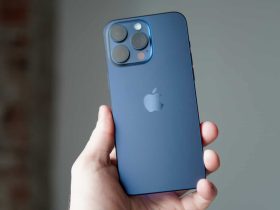
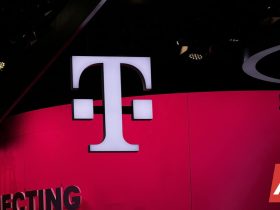

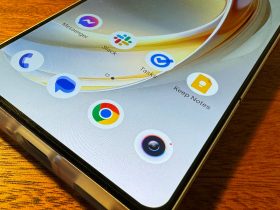
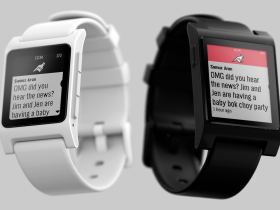

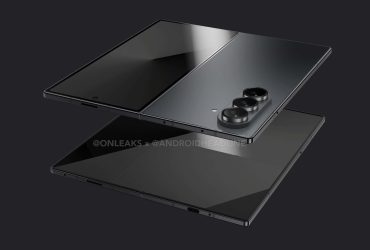

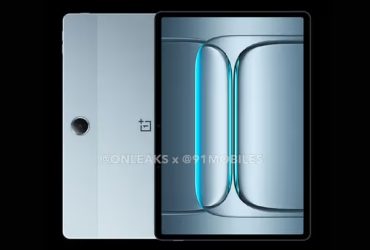
Leave a Reply
View Comments